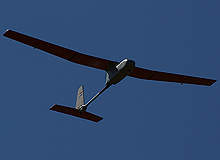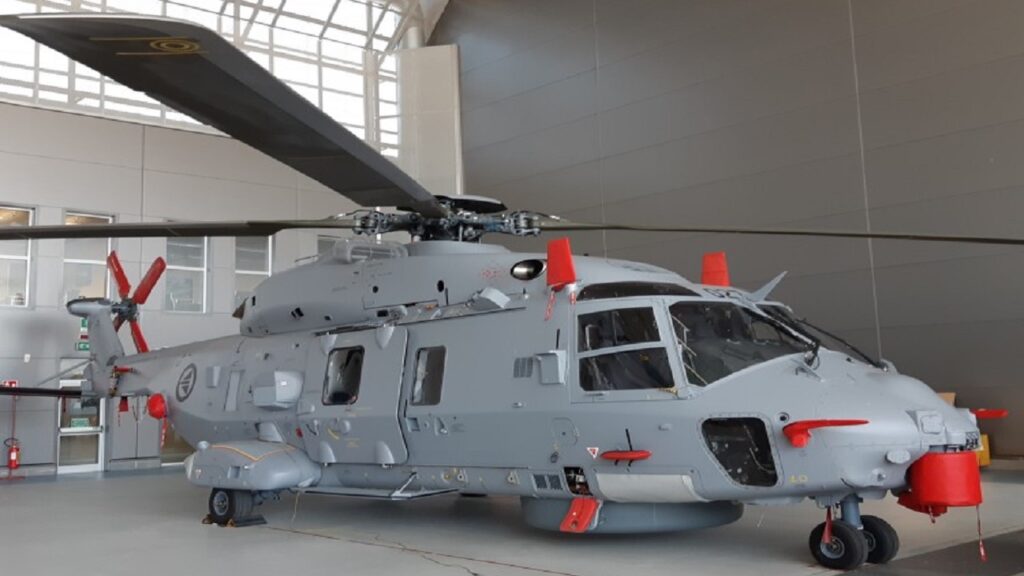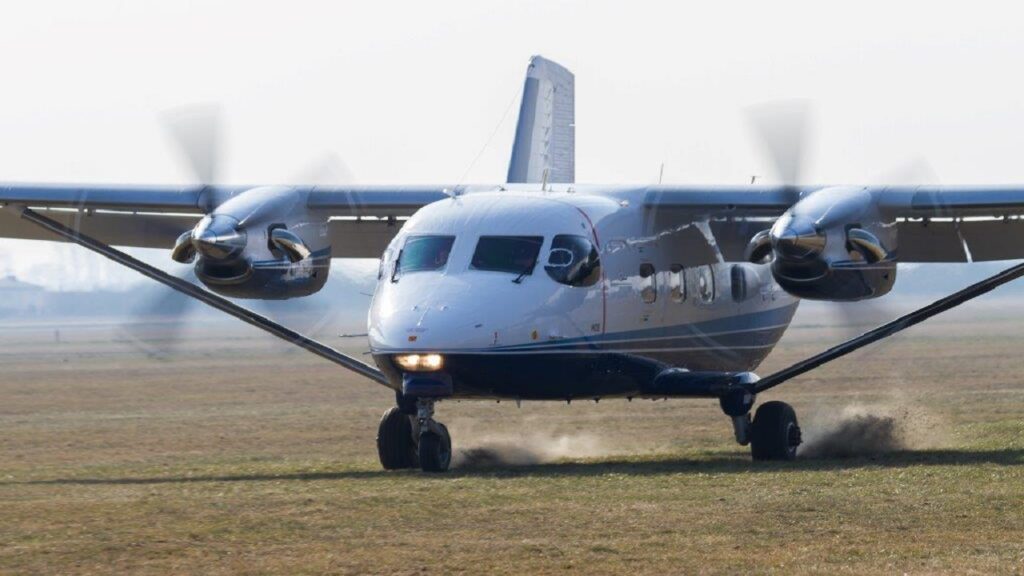
Cabure is a short-range tactical unmanned aerial vehicle (TUAV) system designed and manufactured by Nostromo Defensa of Argentina to perform reconnaissance, surveillance and target acquisition (RSTA) missions. Each system incorporates two or three UAVs, a ground control station (GCS), catapult launcher, spare batteries and a battery charger.
The vehicle captures real time colour or infra-red imagery and videos of the battleground and transfers to the GCS and remote viewing stations through a satellite communication data link system.
Flying at an altitude of 4,000m, the Cabure can also execute force protection and convoy security, battle damage assessment (BDA), critical infrastructure protection and law enforcement missions.
The Cabure was displayed at Sinprode Defence Expo held in Buenos Aires in September 2006.
Cabure UAV variants
The Cabure has three variants: Cabure I, Cabure II and Cabure III.
The Cabure I is an advanced model of Cabure, developed in 2007.
The Argentina Marine Corps (AMC) ordered an advanced version of Cabure I. Nomura upgraded Cabure I with the features that AMC wanted. Designated as Cabure II, the upgraded aircraft is equipped with a German Mavionics MINC 2 autopilot, Avalon RF digital video data link and multispectral cameras. The Cabure II took off for its maiden flight in October 2007 and was introduced in 2009.
AMC suggested few design changes to Cabure II. The modifications included increasing the operational range and endurance, minimising the acoustic signature and adding recovery on water capability. Nomura made the suggested changes and designated the upgraded aircraft as Cabure III. The maiden flight of Cabure III was held in December 2010.
Cabure UAV design
Designed to suit both military and civil markets, the Cabure can be launched by a lightweight bungee catapult launcher and recovered by deep stall manoeuvre using flaps or brakes to get an almost vertical landing. The payloads and avionics installed in the aircraft are safeguarded by special shock absorber foam to reduce the risk of damage caused due to deep-stall landings.
The TUAV was designed to meet the stringent MIL and Nato standards. The airframe was designed to be compatible for landing on water. The UAV can carry out battlefield operations day and night at a line of sight range up to 20km even in worst climatic conditions. Being a small size aircraft, it can be transported by ground vehicles.
Features
The TUAV features a robust and modular airframe made up of glass fibre, kevlar and carbon fibre. The vehicle is equipped with a stabilisation system to control the camera position. The aircraft can be fitted with a small parachute to land safely in urban areas.
Other equipment installed in the vehicle include three fixed CCD (daylight, low light and infra-red) cameras, batteries, connectors, advance avionics, GPS and 2.4GHz/900MHz telemetry data transmission system.
Navigation
Cabure can be operated either manually from the GCS or through autonomous mode using pre-programmed manoeuvres.
The automatic navigation is executed through a new technology known as Spline Navigation, which allows the aircraft to fly over a particular path by climbing beyond the waypoints even in heavy crosswind environments.
The vehicle incorporates data fusion algorithm and 17 highly coupled Kalman filters with finely tuned inertial sensor to control the TUAV landings and meliorate the operation safety in heavy cross wind scenarios.
Sensors
The Cabure is fitted with a Micro Pop electro-optic (EO) and infra-red sensor suite built by the Tammam division of Israel Aerospace Industries (IAI). It is equipped with the RS 232C autopilot system to control its payload autonomously through commands obtained from the GCS.
Engines
The Cabure is equipped with an electric engine powered by rechargeable lithium-ion polymer batteries. It is incorporated with a two-bladed tractor propeller at the nose section to maximise the propulsion efficiency and minimise the acoustic signature.
Ground control station
The real time date transferred by the Cabure is processed, retrieved, stored and monitored at the GCS. Designed and built by Nostromo Defensa, the GCS consists of an interface unit, radio control, robust laptop, video receiver, antenna, digital video recorder and mission planning software. The GCS can be transported for each mission or integrated in the vehicle.
Performance
The Cabure can fly at a maximum speed of 105km/h. Its stall speed is 38km/h. The range is 20km. The aircraft can remain in air for a maximum of two hours.




